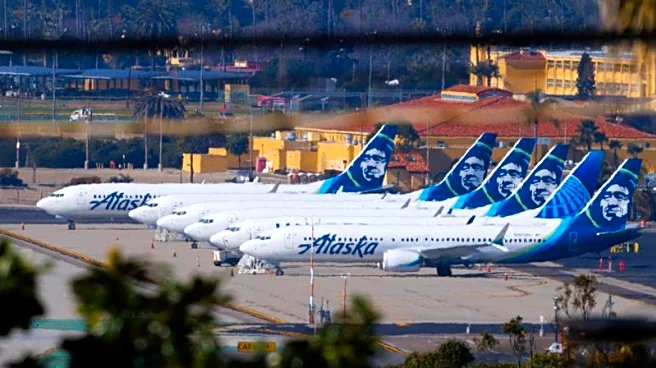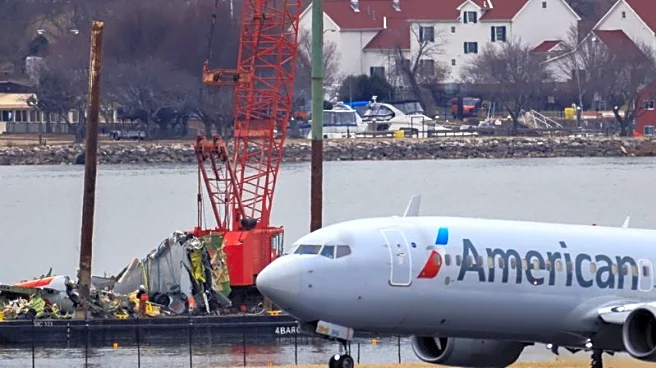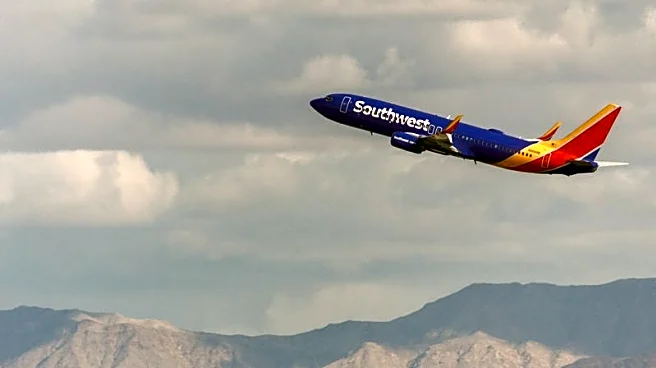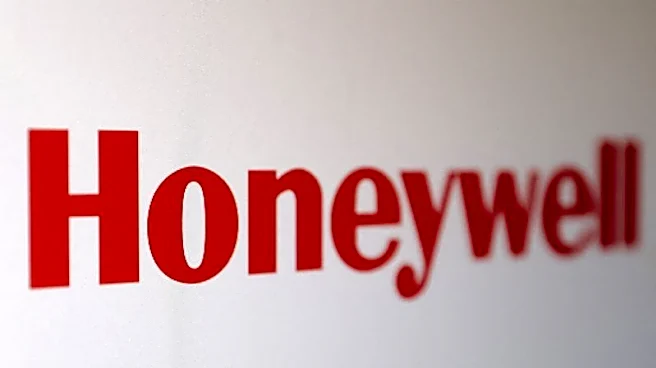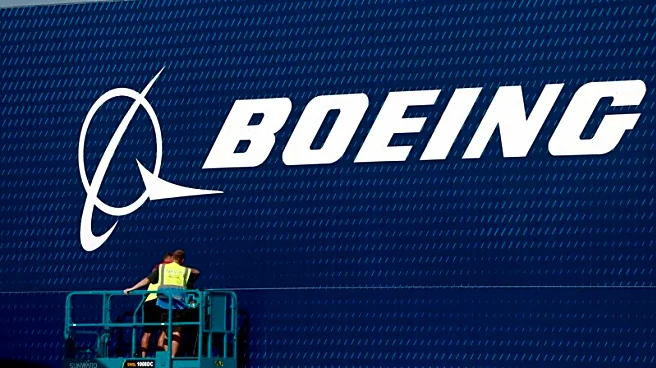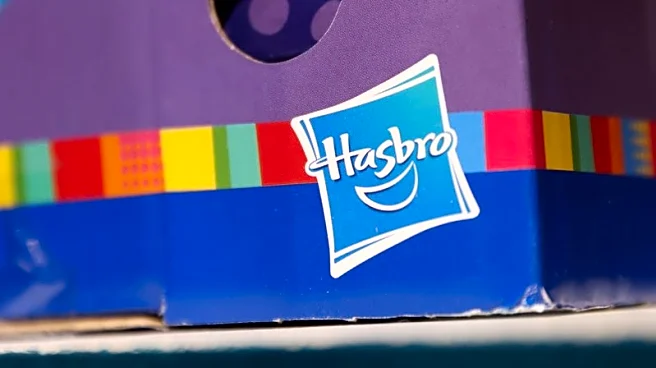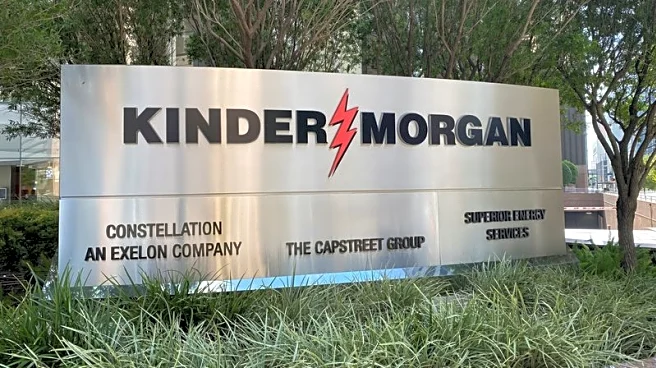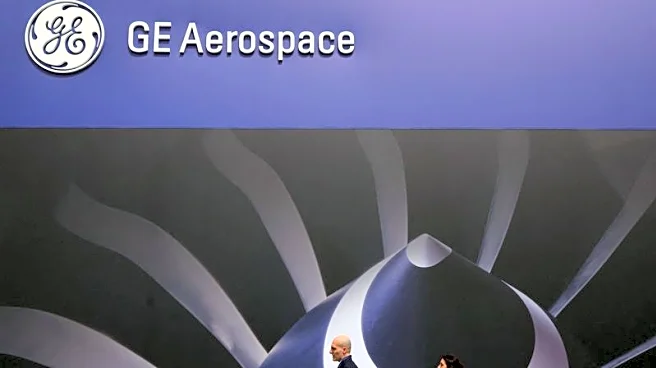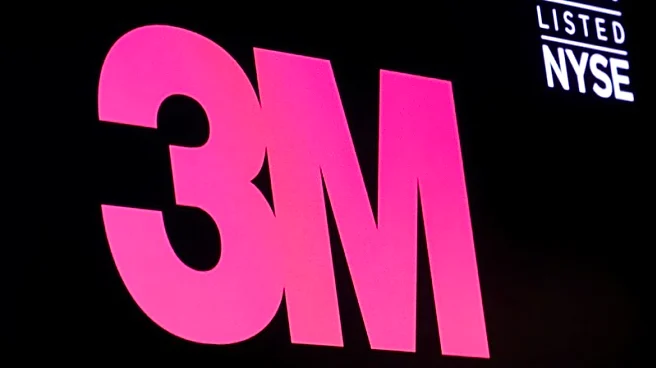By Shivansh Tiwary and Rajesh Kumar Singh
(Reuters) -Alaska Air Group lowered its 2025 profit forecast on Thursday as higher fuel costs and operational challenges, including adverse weather, weighed on its margins.
The carrier also forecast its fourth-quarter profit well below analysts' expectations.
Refinery outages on the U.S. West Coast have significantly tightened fuel supplies, sending prices sharply higher and adding pressure to airlines already grappling with rising operational costs.
"Fuel, it's volatile, and that's one of the things that we're having to manage through in terms of making an estimate for earnings in the fourth quarter," Alaska Air CFO Shane Tackett told Reuters.
Operational disruptions have increasingly pressured U.S. carriers this year, with storms and strained air traffic control capacity leading to costly disruptions across the industry.
The company now expects its annual adjusted profit per share to be at least $2.40, compared with its previous forecast of more than $3.25.
It also expects fourth-quarter adjusted profit of at least 40 cents a share, compared with analysts' estimate of 88 cents, according to data compiled by LSEG.
A major IT outage also hit Alaska Air in July, disrupting hundreds of flights and stranding thousands of passengers during the peak summer travel season.
However, the industry's efforts to curb seat supply and counter discounting pressures following a demand slump in the first half of the year have started to bear some fruit.
"We expect to have positive unit revenues in the fourth quarter," Tackett said.
The company's yields, a key gauge for pricing power, rose about 1.4% in the quarter through September, while its unit costs excluding fuel were up about 8.6%.
"Costs will meaningfully improve sequentially on a unit cost basis from Q3," he added.
The carrier posted quarterly adjusted profit of $1.05 per share, falling short of analysts' average estimate of $1.13 apiece.
Total third-quarter operating revenue rose 23% to $3.77 billion from a year ago, compared with expectations of $3.76 billion.
(Reporting by Shivansh Tiwary and Rajesh Kumar Singh; Editing by Shreya Biswas and Alan Barona)
